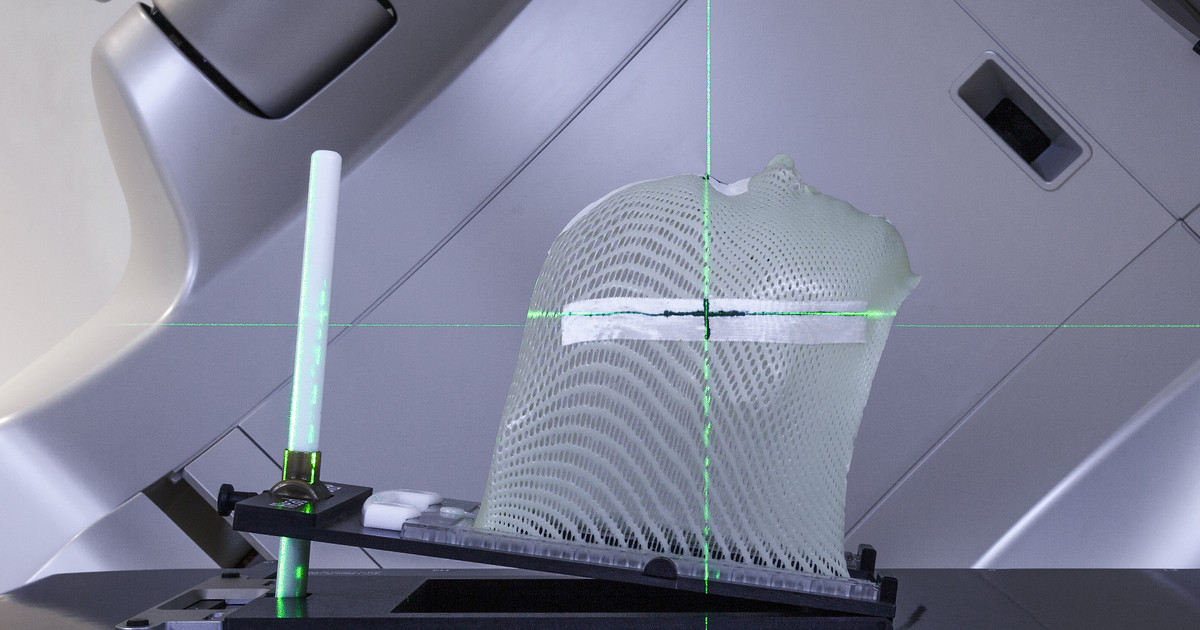Overview Of Options To Treat Pituitary Apoplexy
Dopamine Agonists

Dopamine is a critical neurotransmitter that is involved in normal body movement. Neurotransmitters are chemical messengers that brain cells use to communicate with each other. A dopamine agonist refers to medications that imitate the actions of the natural dopamine that the brain produces. Two examples are cabergoline and bromocriptine. This type of medication can be used to treat some instances of pituitary apoplexy. Specifically, these medications help treat cases caused by prolactinoma. This is a benign tumor. It causes the pituitary gland to overproduce a hormone called prolactin. Symptoms include milky breast discharge, acne, and excessive body and facial hair.
However, this type of medication is also a known risk factor for the development of pituitary apoplexy. Thus, doctors must monitor patients on this medication closely.
Get more information on treating this condition now.
Gamma Knife Radiation Therapy

Although surgical decompression is the first-line treatment for severe pituitary apoplexy, it is not always successful. Thus, patients will often undergo gamma knife radiation therapy. This is a type of highly-focused radiation therapy that is particularly suited for brain tumors less than one inch in diameter. It often helps treat pituitary apoplexy when other treatments leave some of the tumor behind. Patients treated with gamma knife radiation therapy respond favorably in about fifty to ninety percent of cases, depending upon each patient and tumor factors. Although generally regarded as safe, this treatment has side effects. These side effects include seizures, brain edema, necrosis, and hemorrhage.
The beam of radiation used in this treatment is so precise that surrounding tissues are not affected. Extensive imaging techniques are used before gamma knife radiation therapy. Before the procedure, a steel halo device is fitted to the patient's head to ensure the exact delivery of the radiation beam. This treatment aims to reduce or destroy the tumor without compromising pituitary gland function or vision.
Uncover more options to treat this condition now.
